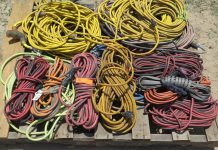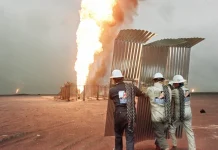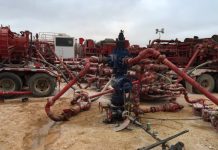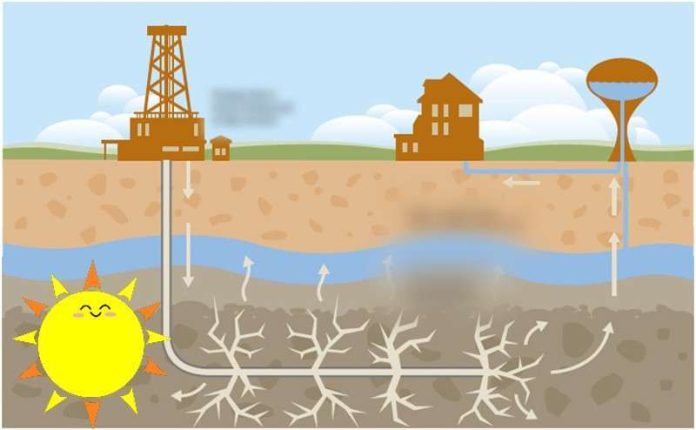
CALGARY, Alberta – Apart from hydraulic fracturing’s ability to recover both crude oil and natural gas from shale deposits in large amounts, a recent study from the Pembina Cardium Institute has shown that it also helps the environment as it breathes life into Mother Earth. Today we look past the negative narrative around hydraulic fracking and focus on the good that it does for the environment and the people and things that live within it.
Subsurface Aeration
You aerate your lawn to promote healthy grass growth. Fracking does the same, but just much deeper underground, in which case the frack-aeration promotes growth of tiny little microbes that feed on CO2 that exists within the formation through a process called carbonoxyl transgressionary photosyntheosis, which results in a byproduct of only sugar. So fracking actually makes the earth sweeter.
In-Situ Rehydration
When crude oil is produced from deep underground formations, it is typically accompanied by water produced from the same formations. In some operations the produced water is re-injected into the earth, but in others it is not. In the latter case, part of the earth near the wellbore become dehydrated and we all know that’s not a good thing. The water introduced in fracking operations rehydrates the near-wellbore rock thereby satisfying the earth’s thirst. And while doing this, the frack fluids work their way down to replenish the Lidenbrock Sea.
Fault Zone Lubrication
Fault zones exist throughout the earth’s crust, and they are largely responsible for earth quakes, which are caused by a sudden slip on a fault. During fracking operations, particularly when using slick water completions fluids, studies have shown that faults can be lubricated to the point that they mitigate the impacts of earthquakes by basically smoothing them out.
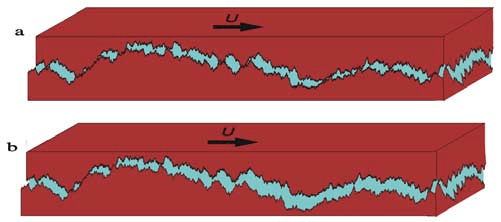
Lithospheric Pressure Re-stabilization
In the most simplest sense from a pressure distribution point of view, the earth can be modelled as an inflated basket ball. When oil, gas, and water are produced from earth’s surface, the pressure within the earth decreases which can be detrimental to microbes and other organisms living within the lithosphere and to a lesser degree the asthenosphere. Hydraulic fracturing helps re-pressurize the earth thereby keeping it properly inflated which in turn helps stabilize its orbit around the sun.
Tectonic Plate Conversion and Collision Mitigation

Perhaps one of the least known environmental boons to hydraulic fracturing operations is that by crushing up the rock in the earth’s lithosphere, it prevents new mountain ranges from forming and ruining existing highways. When highways are ruined due to mountain growth, they need to be repaired and resurfaced. These repairs require use of asphalt that is sourced from petroleum and the resurfacing operations emit copious volumes of CO2 into the atmosphere. Moreover, vehicles that are slowed down and sometimes stopped during road re-construction idle more than they need to, resulting in even more CO2 emissions. Concrete proof of this concept is that there is no fracking where mountains currently exist, and no mountains where fracking operations have been executed.
So there you have it. After all of the negative press that hydraulic fracturing has suffered in the media over the decades, the truth is now known on the benefits it has for the environment.

